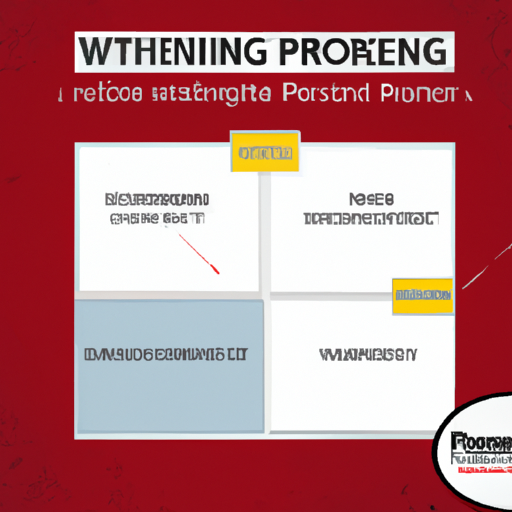Step-by-Step Guide: How to Apply Membrane Waterproofing
Membrane waterproofing is a crucial step in protecting buildings and structures from water damage. Whether you’re working on a new construction project or looking to fix existing water leakage issues, applying membrane waterproofing correctly is essential. In this step-by-step guide, we will walk you through the process of applying membrane waterproofing effectively.
Step 1: Surface Preparation
Before applying membrane waterproofing, it is crucial to prepare the surface properly. Start by cleaning the surface thoroughly to remove any dirt, dust, or debris. Use a pressure washer or a stiff brush to ensure a clean and smooth surface. Additionally, check for any cracks, holes, or damaged areas that need to be repaired before proceeding.
Step 2: Primer Application
Once the surface is clean and dry, apply a primer to enhance the adhesion of the membrane. The primer acts as a bonding agent between the surface and the waterproofing membrane. Follow the manufacturer’s instructions for the specific primer you are using. Apply the primer evenly using a brush or roller, and allow it to dry completely before moving on to the next step.
Step 3: Membrane Installation
Now it’s time to install the membrane. There are different types of waterproofing membranes available, such as sheet membranes, liquid membranes, or self-adhesive membranes. Choose the appropriate membrane based on your project requirements and follow the manufacturer’s instructions for installation.
For sheet membranes, start by cutting the membrane into the desired size and shape. Carefully position the membrane on the primed surface, ensuring it overlaps the edges by the recommended amount. Use a roller or a trowel to press the membrane firmly onto the surface, eliminating any air bubbles or wrinkles.
If you’re using a liquid membrane, mix the components according to the manufacturer’s instructions. Apply the liquid membrane evenly using a brush or a roller, making sure to cover the entire surface area. Allow the liquid membrane to cure as per the manufacturer’s guidelines.
Self-adhesive membranes are relatively easier to install. Simply remove the backing and carefully position the membrane onto the primed surface, pressing it firmly to ensure proper adhesion.
Step 4: Sealing and Reinforcement
To ensure maximum waterproofing effectiveness, it is essential to seal and reinforce the membrane. Pay close attention to areas such as corners, joints, and penetrations, as these are prone to water leakage. Use a compatible sealant to seal any gaps or joints in the membrane. Additionally, consider reinforcing the membrane with a reinforcing fabric or tape for added strength and durability.
Step 5: Quality Control
After completing the membrane installation, perform a thorough quality control check. Inspect the entire waterproofing system for any visible defects, such as gaps, bubbles, or improper adhesion. Address any issues immediately to ensure a watertight seal.
Step 6: Final Protection
Once the membrane waterproofing is in place, it is essential to provide a protective layer to prevent damage during subsequent construction activities. Depending on the project requirements, this protective layer can be in the form of a screed, concrete topping, or other suitable materials. Consult with the project specifications or a waterproofing professional for the recommended protective layer.
In conclusion, applying membrane waterproofing involves several crucial steps, from surface preparation to final protection. By following this step-by-step guide, you can ensure a proper and effective waterproofing system for your building or structure. Remember to choose the right membrane, follow the manufacturer’s instructions, and perform quality control checks to achieve a successful waterproofing application.




